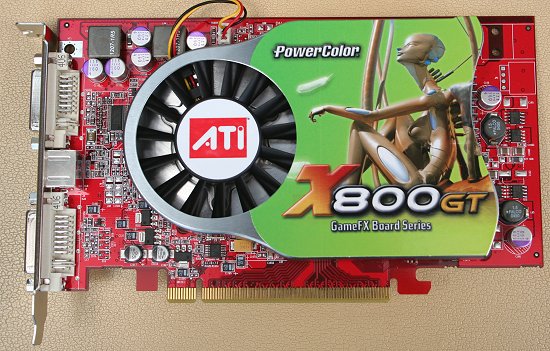Could AMD move open desktop Linux market?


Or it could be another example of someone throwing a losing proposition over the side in the hope someone picks it up.
AMD said last week it would support development of open source graphics drivers on its ATI Radeon chips, not just with code but with documentation.
Intel had begun work on an open source graphics driver a year ago. Intel generally makes complete graphics systems, not just discrete graphics chips.
Both these moves could help move some game development to open source. For better or worse, games are an important application category where open source presently has little presence.
But it may mean nothing if Nvidia drivers remain proprietary, and if that company continues to grab market share. AMD is also refusing to cooperate with efforts to open up DRMs or copy protection schemes, and continuing to roll-out its proprietary software.
So long as content and gaming are closed to open source, Linux' desktop market share will remain minimal. We're still talking here of baby steps, which must be followed-up by programmers working for fun instead of food.
But baby steps are better than none.